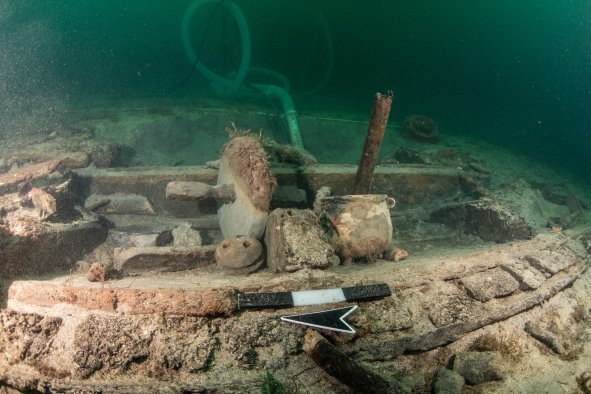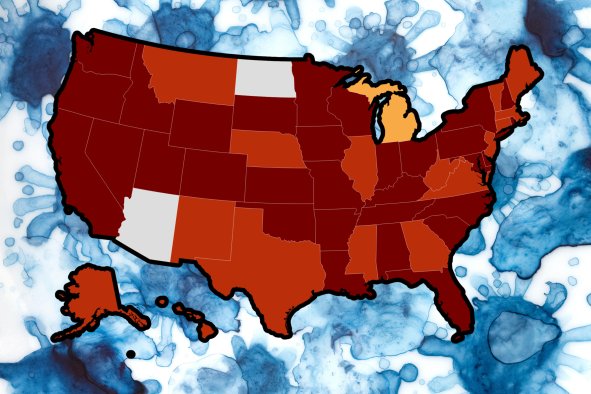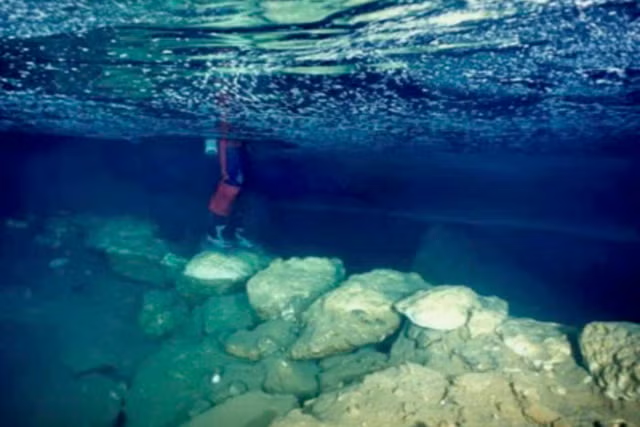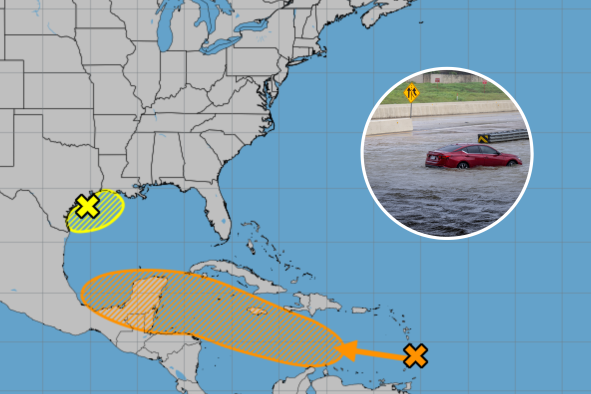Gold nuggets have long fascinated treasure hunters and geologists alike, often found gleaming within quartz veins deep underground. Yet the exact process behind the formation of these deposits—especially the larger nuggets—has long puzzled scientists.
However, a new study published in Nature Geoscience proposes an intriguing alternative mechanism: piezoelectricity. This property of quartz, best known for powering quartz watches, allows it to generate an electric charge when subjected to mechanical stress.
"The standard explanation is that gold precipitates from hot, water-rich fluids as they flow through cracks in the Earth's crust," Chris Voisey, lead author of the new study, said in a statement. "While this theory is widely accepted, it doesn't fully explain the formation of large gold nuggets, especially considering that the concentration of gold in these fluids is extremely low.
"Piezoelectricity is when a material generates an electric potential in response to strain."
Instead of a small mechanical stress in a watch, the team turned to one of nature's most powerful forces—earthquakes—to explain how this phenomenon might operate underground.
"By deforming the crystal lattice of quartz, you offset the charge centers, which leads to generating a voltage across the crystal. If this voltage is large enough, an electron from the quartz crystal can be donated to gold-bearing molecules that are dissolved in solution, causing the gold to be reduced and precipitate," Voisey told Newsweek.
To test their hypothesis, the research team conducted experiments designed to simulate the conditions that quartz might experience during an earthquake.
They submerged quartz crystals in a gold-rich fluid and applied stress to mimic seismic activity. Afterward, they examined the quartz samples to see if any gold had been deposited.
"The results were stunning," study co-author Andy Tomkins said. "The stressed quartz not only electrochemically deposited gold onto its surface, but it also formed and accumulated gold nanoparticles.
"Remarkably, the gold had a tendency to deposit on existing gold grains rather than forming new ones."
This process occurs because, while quartz is an electrical insulator, gold is a conductor. Once some gold begins to deposit on quartz during seismic activity, it acts as a focal point, attracting more gold from the surrounding fluid and effectively "plating" the existing grains with additional layers.
"Our discovery provides a plausible explanation for the formation of large gold nuggets in quartz veins," Voisey said. "In essence, the quartz acts like a natural battery, with gold as the electrode slowly accumulating more gold with each seismic event."
But how long might this process take in nature? "It's a bit of a 'how long is a piece of string?' sort of question," Voisey said.
"Orogenic gold deposits are thought to form from the cumulation of thousands of earthquake events. Some people think orogenic gold deposits can form in thousands of years, some others think it's millions. The amount of variables that go into geological systems makes it difficult to say for sure."
As for the potential to discover new deposits, the findings won't directly aid in exploration. "Our results can't tell you where to drill," Voisey acknowledged.
However, similar techniques have been used to detect quartz in the past. Such methods involve connecting polarization circuitry to the ground and using a shaker truck to generate artificial seismic waves.
"The result of this technique is that if quartz veins exist at depth, you can detect the electrical signal generated by piezoelectricity in the quartz. So, this can tell you where quartz veins are—but not tell you if there is gold in those quartz veins," he added.
Do you have a tip on a science story that Newsweek should be covering? Do you have a question about gold formation? Let us know via science@newsweek.com.
References
Voisey, C. R., Hunter, N. J. R., Tomkins, A. G., Brugger, J., Liu, W., Liu, Y., & Luzin, V. (2024). Gold nugget formation from earthquake-induced piezoelectricity in quartz. Nature Geoscience, 17(8).
Disclaimer: The copyright of this article belongs to the original author. Reposting this article is solely for the purpose of information dissemination and does not constitute any investment advice. If there is any infringement, please contact us immediately. We will make corrections or deletions as necessary. Thank you.



